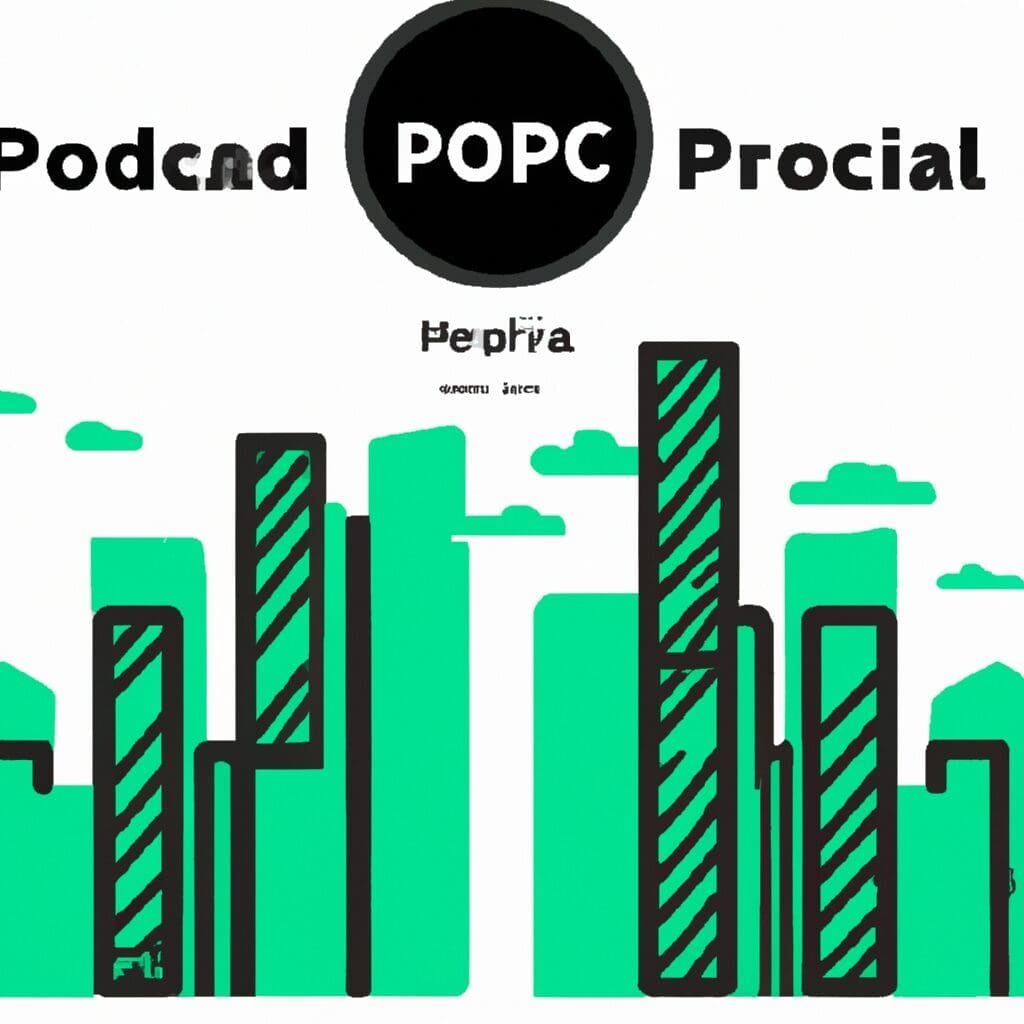In an increasingly crowded marketplace, the need for unique discovery platforms is more critical than ever, especially for Direct-to-Consumer (D2C) brands. Saahil Goel, managing director and chief executive of Zop, has articulated a compelling vision to establish a marketplace that serves as a destination for consumers seeking distinctive D2C Indian brands. This initiative aims to cultivate a space where retailers can effectively promote their products through innovative advertising and sales commission models.
Understanding D2C Brands in India
D2C brands are growing in popularity as they allow businesses to connect directly with consumers, eliminating intermediaries and ensuring better margins. According to a report by Razorpay, the Indian D2C sector is expected to grow to a whopping $100 billion by 2025. However, as competition intensifies, discovery becomes a substantial hurdle. Consumers are inundated with choices, making it easy for unique brands to become lost in the noise. This is where Zop aims to step in.
The Role of Brand Discovery
Brand discovery is not merely a convenience; it is a vital component of the consumer journey. Providing a platform where consumers can explore unique brands enables them to make informed purchasing decisions and fosters a sense of loyalty. A marketplace that offers exclusive products accompanied by engaging brand stories can significantly enhance consumer engagement. For instance, Glossier has successfully leveraged its narrative-driven marketing and social media presence to build a loyal customer base, a model that Zop can learn from.
When consumers resonate with a brand’s story, they are more likely to engage, purchase, and recommend. A study by Nielsen indicates that 64% of consumers make a purchase after watching a branded social video, highlighting the effectiveness of storytelling in brand discovery. Zop’s focus on narrative will provide opportunities for brands to forge deeper connections with their audience.
Innovative Advertising Approaches
Zop’s model is set to redefine how products are promoted. By offering a combination of ad placements and sales commissions for merchants, Zop creates a mutually beneficial ecosystem. Merchants can advertise their products directly to interested consumers on the platform, ensuring that their offerings reach a targeted audience. This is a significant advantage, especially compared to traditional marketplaces like Amazon, where competition is fierce, and visibility can be hard to achieve.
For example, Zop could implement an advertising program similar to Instagram’s shoppable posts, allowing brands to showcase their products in an engaging format while linking directly to their product pages. This direct-to-consumer approach not only enhances the shopping experience but also encourages impulse purchases.
Building Trust through Transparency
In a world where consumers are becoming increasingly wary of scams and unreliable products, transparency becomes crucial. Zop can distinguish itself by ensuring that each brand on its platform has been vetted through stringent quality checks. Providing authentic customer reviews and ratings becomes essential in building trust. Additionally, Goel could consider introducing storytelling pieces that highlight the origins of products, thereby further engaging consumers.
For example, if a small textile brand from Rajasthan shares its journey—from traditional weaving techniques to sustainable sourcing—it could establish authenticity and elevate consumer perceptions. Providing this layer of transparency not only helps in building trust but also in positioning brands as leaders in their respective niches.
E-Commerce Optimization Strategies
Optimizing the e-commerce side of things will be vital as Zop establishes itself as a go-to destination for D2C brands. Implementing robust SEO tactics will help drive organic traffic to the platform. This can include optimizing product descriptions with relevant keywords, structuring the website for easy navigation, and ensuring mobile compatibility.
A strong content marketing strategy can also play a significant role. Creating blog posts that discuss industry trends, sustainability in fashion, or tips for choosing the right products can attract consumers and encourage them to explore the platform further. For instance, a blog post titled “5 Reasons to Choose Sustainable Brands” could serve to align consumer values with offerings on the Zop platform.
Engaging Consumers via Social Media
To amplify brand discovery, Zop should also focus on leveraging social media platforms for marketing. Interactive campaigns involving user-generated content can create a buzz around the marketplace. Encouraging consumers to share their experiences with purchased products using a dedicated hashtag can cultivate community engagement.
Furthermore, collaborating with micro-influencers who reflect the ethos of the brands available on the platform could enhance reach. As per a study by Influencer Marketing Hub, the ROI from influencer marketing can be as high as $6.50 for every dollar spent. Hence, forming partnerships with influencers who genuinely resonate with Zop’s mission can lead to organic growth.
Looking Ahead
As Zop works to establish its marketplace for D2C Indian brands, it is essential to remain agile and responsive to market demands. The objective is not only to create a platform but also to provide an enriching discovery experience that resonates with consumers and empowers brands. By innovating methods for brand promotion, focusing on transparency, and optimizing consumer engagement through solid digital strategies, Zop stands poised to make significant strides in the Indian e-commerce landscape.
Ultimately, Zop’s vision can transform the way consumers engage with brands while allowing unique products to shine in a competitive marketplace. By fostering a nuanced understanding of both consumer needs and brand stories, Zop can become a cornerstone of brand discovery for Indian consumers.
